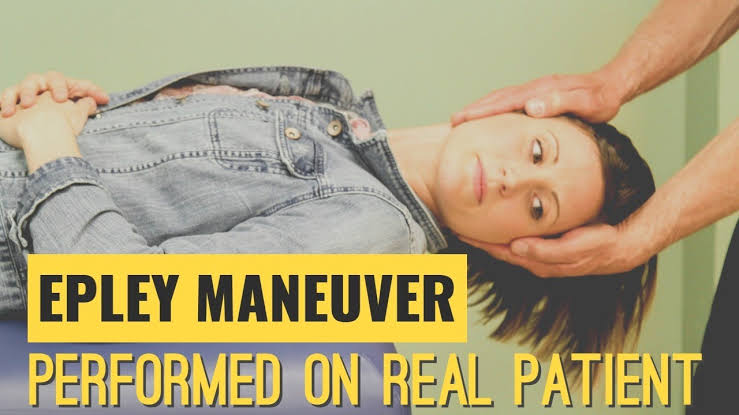

Some experienced doctors will also diagnose a person with BPPV by using tests such as the Dix-Hallpike test, which involves moving the head into certain positions to help the crystals that have been dislodged trigger the vertigo so they can observe if there is any nystagmus present. Once the eyes begin to move it causes the patient to feel as if the environment around them is spinning uncontrollably.īy examining the eye movements of a patient an experienced physical therapist or ENT will be able to determine which ear the displaced crystals are inside. This abnormal eye movement that specialists look for in patients who have BPPV is known as nystagmus.Ībnormal eye movements occur in people with BPPV because the dislodged crystals make the brain believe a person is moving when they really aren’t. This form of vertigo is most commonly diagnosed by examining eye movements of a patient when their head moves into a position that causes the dislodged crystals to move in one of the inner ear canals. Other typical causes of this form of vertigo can be attributed to viruses that affect the inner ear. Older people are much more likely to develop BPPV due to the vestibular system in the inner ear degenerating. The most common cause of BPPV is a head injury. It’s very rare when a child experiences this form of vertigo, but some children have been documented with having this condition. If you are experiencing any other symptoms on top of the dizziness then another condition could be causing your symptoms and you should get reevaluated.īenign Paroxysmal Positional Vertigo can affect anyone, but seniors are more likely to experience it. It is not uncommon for some people to get misdiagnosed with BPPV initially until other symptoms like headaches or fainting are experienced. BPPV will only cause dizziness brought on by a specific movement or change in position and shouldn’t cause other symptoms. If you notice that you are experiencing any other symptoms such as problems with speaking or coordination then you should talk with your doctor. This false sense of dizziness or spinning sensation usually lasts for just a brief minute. This disruption causes the inner ear to send signals to the brain that aren’t true, which is then perceived by the brain as a spinning or dizzy sensation (vertigo). Once these calcium crystals in your inner ear build up in one of the fluid filled semicircular canals they disrupt the normal fluid motion that these canals utilize to sense head movement. Benign stands for not life threatening, Paroxysmal stands for it comes out of nowhere and lasts briefly, Positional stands for it’s triggered by specific head movements, and Vertigo stands for a false sense of spinning or dizziness.īenign Paroxysmal Positional Vertigo is often brought on due to calcium crystals also known as otoconia getting dislodged and moving into areas inside your inner ear where they shouldn’t be such as one or more of the semicircular canals. Sometimes even when you lie down or sit down on your bed it can trigger BPPV.īPPV is definitely the most common cause of vertigo. This type of vertigo is often triggered when you move your head in a certain way like when you look up or when you look down.

Home remedies for benign paroxysmal positional vertigo can help reduce the duration of these dizzy spells or even prevent them from occurring. This form of vertigo causes mild to severe dizziness that can last for a quick minute or even longer.

One of the most common causes of vertigo is benign paroxysmal positional vertigo or BPPV.


 0 kommentar(er)
0 kommentar(er)
